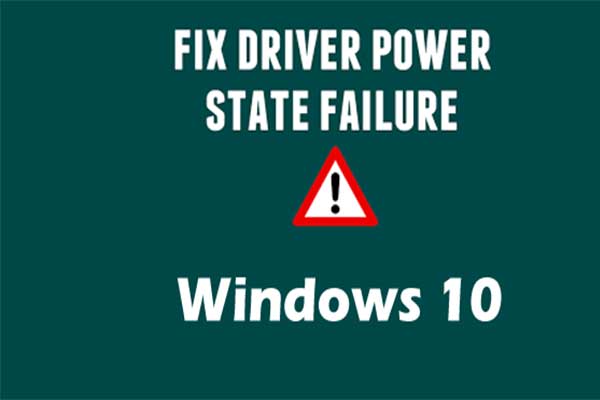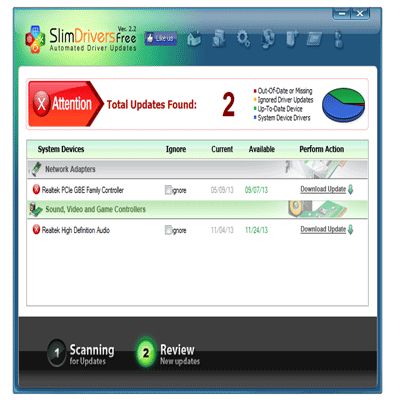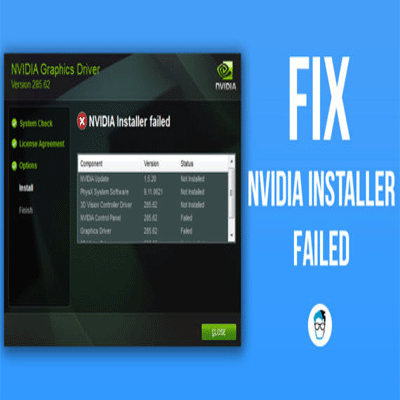Users are supposed to burn a windows 10 ISO file to a USB drive earlier before they are about to download Windows 10 via flash USB drive. In this whole process, it is necessary to burn a Windows 10 ISO file to a USB drive. In this article, we will explain how to burn Windows 10 ISO in the USB drive.
For this purpose, users have to put together a USB drive and attach it to their system. Users who have Windows 10 32-bit editions in their PC, will necessitate a USB that has at least 4 GB free space in it. Those who are using Windows 10 64-bit editions will require a USB that has the availability of 8 GB free space. It is suggested that users should utilize an empty USB that doesn’t have any data in it so while the processing of burning the ISO file it will not cause any damage to the information you have saved in it.
By the following guideline users would be able to burn the ISO file to USB on their own easily:
1. Installation of ISO File from Microsoft
- As initial step users will visit Microsoft download page and tap Download tool now so they can install Media Creation Tool.
- Now Double-click on the downloaded file then goes for the option of Accept the terms.
- After following the above steps now choose the option of Create installation media for another PC.
- Now you would be able to choose the Language, Edition, and Architecture that you want to download and press the Next button to proceed.
- Choose ISO file option and tap the Next button.
- Now select the place where you want to save the file. It would be named as “Windows” by default. You can change the name of the file if you are interested. After pressing the Save button, the process of installation will start.
- The whole procedure of installation will take some time to finish. The time it ends you will see the screen and press Finish button.
2. Installation of Windows USB/DVD Download Tool via Microsoft
- Users can visit Microsoft download page and while scrolling they will easily find and tap on Windows USB/DVD Download Tool. Just go for the steps mentioned on the screen to install the tool, and save it to your desired place.
- The time your installation ends, double-click on the file so you can download the software. When this process ends you would be able to see the shortcut of the software on the desktop.
3. The process of burning the ISO File to USB Drive
- As the first step just Double-click on the shortcut of USB/DVD download tool.
- Now tap Browse button to guide to the place where you saved the ISO file before and select the file. After doing that tap on Next.
- Press on USB Device.
- Now choose the USB drive which you want to burn the ISO file to. In case there is one drive plugged to PC, the drive will be chosen by default. After the completion of the above steps just tap on Begin copying.
- Now tap on the option of Erase USB Device.
- Now press Yes after the confirmation to erase.
- This method will take some time. Users can just wait the time they would be able to see the Bootable USB device made properly. Now you can unplug the USB drive and utilize it to download Windows 10.
- In case users have some complications while burning the ISO file to USB on their own, they can also utilize a reliable third-party tool to support you like “UltralSO”.
Devices to Create a Bootable USB via an ISO File
i. A Mini-Glossary
Before going towards the part of experimentation there is wordplay for users to understand and pronounce it correctly, and some other bits of ISO to USB vocabulary here.
- Bootloader Options: The bootloader is used to load the operating system. There are a few ISO burners that permit users to select the Bootloader that users will require for their wanted operating system download.
- Grub4dos: A bootloader package is also produced to permit its customers to choose between more than one operating systems downloading on a particular PC.
- Syslinux: It is a lightweight bootloader package that is made to allow its users to choose between more than one Linux or Unix installations.
- QEMU Emulator: Quick Emulator is a hardware virtualization device. It allows users to test their USB before going towards the process of burning.
- Cluster Size: It explains the littlest accessible space to store information. Alternatively giving individual disk sectors, the file system appoints corrupted groups of sectors that are named as clusters.
- File System: It manages how data is systematized and saved. As it stored your data in a sequenced form, so you would be able to utilize it without any fuss. There are many file systems accessible. It is important that your burning tool should be detecting your necessities via that ISO you are currently utilizing.
Bad Sector: There are some ISO to USB devices that permit you to execute a bad sector check. Before the process of burning starts your USB will be scanned. It will also resolve errors to make sure your process of downloading is running properly. It is some kind of dividing something into smaller chunks.
Rufus:
Characteristics: Mode of bootable, File Systems, Bad Sector Check, Partition schemes.
Except partition scheme, cluster size, file systems, and the category users are about to make, Rufus comes as suitable with specific options for handling stuff. The time you have started utilizing bootable disk type and the ISO image you are about to burn, you can easily tap the option of Start and wait for the procedure to end.
Windows 7 USB/ DVD Download Tool:
Characteristics: It doesn’t have any specific qualities.
Users will choose their ISO. Select their media type; USB or DVD. After doing that you will tap Begin Copying, as it starts. In the Windows 7 USB/DVD Download Tool works in the easiest way, parallel only to ISO to USB.
If we talk about its Timing, it clocked in with 16 minutes and 53 seconds. There is no doubt about it that it is a convenience for those who want a serious no-frills burning device.
RMPrepUSB:
Characteristics: Syslinux, Bootloader options, QEMU Emulator, Grub4dos, File Systems and overrides.
RMPrepUSB is one of the most top ranks ISO to USB packages here. Except the above-explained attributes, it comes packed with a host of other Speed Tests, BootLoaders, DiskDoctor, and individual user configurations for those drives users continuously make.
With a time of 22 minutes 36 seconds, RMPrepUSB isn’t one of the fastest in the list here, but there is no doubt about it that it makes up for it in customization. Because of Bonus points for the centralized toolkit, it continuously upgrades the time while users can go towards menu items.
WinSetupFromUSB
Characteristics: Three formatting tools including RMPrepUSB, Bootloader options, QEMU Emulator.
WinSetupFromUSB grants some normalized quality of attributes. It isn’t quite RMPrePUSB, but it has so much more to give to its users than some other usual burners we have discussed above, certainly with the addition of Bootice, FBinst Tool and RMPrepUSB. Each of these added devices is there with some guidelines on the screen, explaining their utilization withWinSetupFromUSB, but can all be utilized with their original characteristics i.e. RMPrepUSB starts in its own dialogue with the customization ISO/USB interface explained above.
If we talk about its speed, 23 minutes 29 seconds it displays one of the slower devices on the list because of its low speed but is added because of the wealth of customization that is accessible to users.
UltraISO
Characteristics: Hide boot partition, Write method.
Users can utilize the UltraISO trial version an ISO to the USB device. Its trial version bounds the size of ISOs made, it will do not if users are about to burn something made somewhere else. After starting UltraISO, users can surf to their ISO location in the middle of the file explorer. The time you located, just double click. It will also load the ISO image for burning. After doing that users can go for the head to Bootable > Write Disk Image. You should be able to know about how to utilize the USB-HDD+ option for better results.
It clocked in with 20 minutes 24 seconds and created the cut against the same timed WiNToBootic via its extra features like image mounting and ISO creation.
YUMI
The full form of YUMI is Your Universal Multiboot Installer, which is another multiboot installer that has settings for a wider range of ISOs. Dissimilar with Xboot, YUMI asks in case you’d like to add another ISO or Distro to your USB following a proper burn, so there is no need to be anxious in case users are unable to find the multiboot builder.
It clocked speed is way too fast 14 minutes 50 seconds, plus is the highly recommended name on the list, so because of it, it gets extra points.
Properly burning an ISO to USB is something different from just copying the file. It is a bit of technical work to do in case you are a newbie in the field of computers. No need to be worried because the above-mentioned ways will help you resolve your issue.










